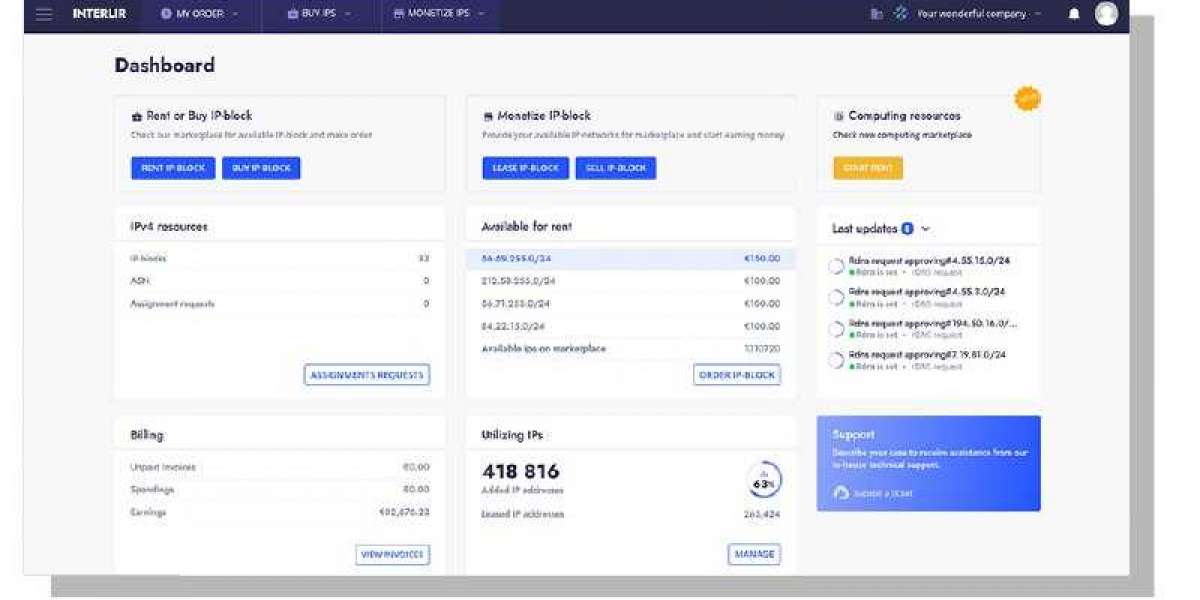When we talk about “home sports,” we’re not just describing improvised workouts in the living room. The term refers to structured physical activities that can be performed in domestic spaces, often supported by digital tools and minimal equipment. Think of it as the blend between traditional exercise and accessible sports practice. Much like home cooking bridges professional kitchens and daily meals, home sports connect professional training methods with everyday life.
Why the Future of Home Sports Matters
The global shift toward flexible lifestyles means home sports will likely become more central. Just as remote work reshaped professional culture, the ability to train at home is redefining physical activity. The future of home sports matters because it combines health, convenience, and inclusivity. It’s not about replacing gyms or fields—it’s about offering additional pathways for participation.
Key Features of Tomorrow’s Home Training
Emerging patterns suggest three defining features: personalization, connectivity, and adaptability. Personalization ensures routines match age, fitness level, or even medical history. Connectivity links participants to digital platforms, coaches, or peers. Adaptability allows exercises to fit into small spaces or busy schedules. Together, these features illustrate how the future of home sports will prioritize flexibility over rigid, one-size-fits-all programs.
From Workouts to 액티브스포츠트렌드
Traditional “home workouts” are evolving into broader lifestyle movements sometimes described as 액티브스포츠트렌드. This shift reflects a cultural change where physical activity is no longer an isolated event but part of daily routines. For instance, smart home devices may encourage mini training sessions during breaks, or interactive platforms may turn chores into fitness challenges. In this sense, the future of home sports may look less like scheduled exercise and more like integrated, active living.
The Role of Data and Performance Insights
One important aspect of home sports is the use of analytics. Platforms like fangraphs illustrate how deep statistical insights can enrich understanding in professional sports. A similar approach is entering the home space, where wearables track performance, apps analyze progress, and feedback loops help individuals refine their routines. While not every user needs advanced numbers, the principle is clear: information guides better choices.
Benefits and Opportunities
The benefits of home sports extend beyond convenience. They lower barriers for people who feel intimidated by gyms, they provide access to those with mobility or transport limitations, and they encourage families to participate together. For many, home sports are not just about fitness—they become tools for mental wellness, time management, and even social bonding through online communities.
Risks and Challenges
Of course, home sports are not without challenges. Lack of professional supervision raises concerns about incorrect form or overtraining. Access to technology may be unequal, limiting adoption in certain communities. There’s also the psychological barrier of motivation—without external accountability, some find it difficult to sustain habits. Recognizing these risks helps us plan strategies for safer and more inclusive home-based activities.
Comparing Home Sports With Traditional Models
Gyms and sports clubs offer specialized equipment, coaching, and social interaction. Home sports, by contrast, offer autonomy, cost savings, and flexibility. Neither is inherently better; they serve different needs. A fair analogy is comparing online education with classroom learning—each has strengths, and the most effective systems often combine both. The future may see hybrid models, where individuals alternate between gym sessions and home routines for a balanced approach.
Innovations on the Horizon
Looking forward, several innovations could reshape home sports. AI-powered coaching may provide real-time corrections. Augmented reality could create immersive environments for solo practice. Subscription models might evolve to offer not just workouts but holistic lifestyle guidance, including nutrition and recovery. These innovations point to a future where home sports aren’t “second best” but fully legitimate forms of athletic practice.
Preparing for the Future of Home Sports
For individuals, the best preparation is to experiment with small routines now—discover what works and what feels sustainable. For policymakers and organizations, supporting access through affordable tools and digital literacy will be key. And for communities, fostering social support systems will help turn solitary routines into shared practices.
Conclusion: A Future Built on Accessibility and Integration
The future of home sports lies in blending technology, cultural shifts, and inclusivity. It’s a movement from isolated exercises to integrated lifestyles, supported by data and shaped by community. Whether through 액티브스포츠트렌드 that make movement part of everyday life or platforms inspired by statistical models like fangraphs, home sports are set to redefine how we understand fitness. The next era of athletic participation may not start in a stadium or a gym—it may begin in the living room.






